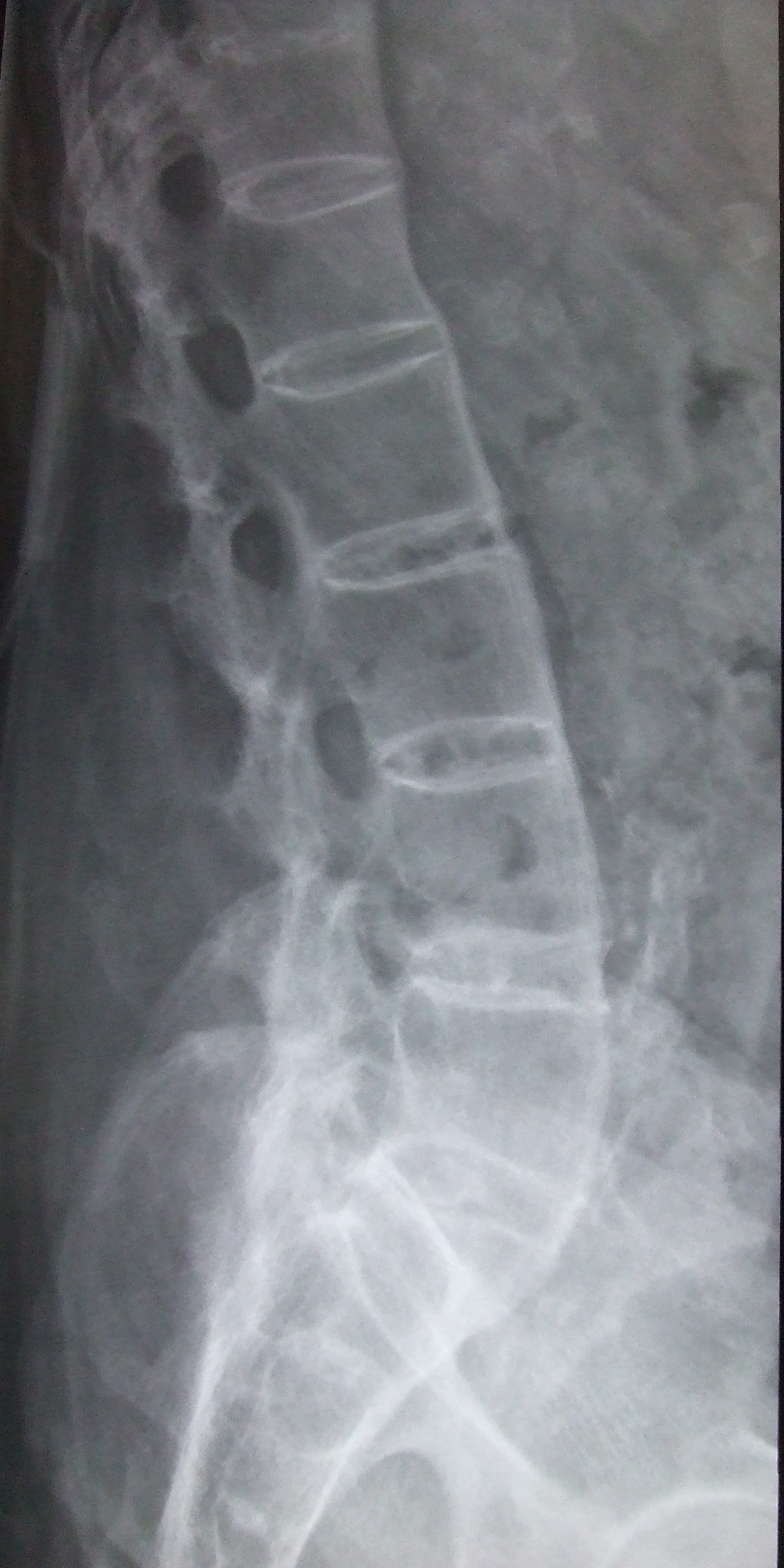
Ankylosing spondylitis is an inflammatory condition that affects the spine and leads to fusion of vertebrae. The final result is a significant decrease in elasticity of the vertebral column and a hunched-forward position of the body. In severe cases the spine is so deformed that a person simply cannot lift his/her head and see forward.
The condition predominantly affects men and it generally starts in early adulthood. Apart from affecting the joints between the vertebrae inflammation may also occur in other parts of the body. For example, eyes and bowels may show signs of inflammation.
Unfortunately, ankylosing spondylitis is incurable and the goal of current treatments is alleviation of pain and lessening of all symptoms of the disease.
Ankylosing Spondylitis - Symptoms
The initial symptoms of ankylosing spondylitis include pain and stiffness in the lower spine and hips. These symptoms occur in the morning. They can also be triggered with periods of inactivity. Further progression differs and some patients report gradual increase in intensity of the symptoms while in others symptoms improve. Patients may also feel fine without symptoms for irregular periods of time.
The condition commonly affects specific parts of the body. Therefore, patients usually report pain and stiffness of the joint between the base of the spine and the pelvis, the vertebrae in the lower back, the attachment sites of ligaments to bone in the spine or along the back of the heel, the cartilage between the breastbone and ribs and finally, pain and stiffness may affect hips and shoulder joints.
Ankylosing Spondylitis - Causes
Even though the actual cause of ankylosing spondylitis has not been identified yet scientists believe the condition is associated with certain factors. Genetics seems to play an important role in the onset of the disease. For example, people with HLA-B27 gene are highly susceptible to ankylosing spondylitis.
Diagnosing Ankylosing Spondylitis
The major problem is delayed diagnosis of the condition which usually occurs if the symptoms are mild or neglected. Certain imaging tests are essential for setting the diagnosis of ankylosing spondylitis. X-ray of the affected part gives an insight in changes in the bones and joints. However, the signs of ankylosing spondylitis may not be clear enough so the doctor performs additional exams. CT scan provides with more details of the condition and may be helpful in setting the final diagnosis. And finally, MRI is a better option for visualization of soft tissues such as cartilage. Even though these imaging methods may confirm the condition the major problems is that symptoms of ankylosing spondylitis may occur much earlier than the specific changes develop and become visible by CT scan or MRI. Unfortunately, there are no other tests to confirm the diagnosis.






-Causes,-Symptoms,-Diagnosis,-Treatment_f_280x120.jpg)










Your thoughts on this
Loading...